If you own a home and you’ve visited real estate information websites Zillow, Trulia, Redfin, or any of the like recently, you’ve probably noticed an interesting trend: Your home is increasing in value at a rate that’s far and away higher than the national rate of inflation.
Is housing bubble 2.0 around the corner?
According to the S&P Case-Shiller Home Price Index, which tracks residential real estate prices nationally, as well as within 20 large metropolitan regions, residential real estate prices rose 5.3% between Aug. 2015 and Aug. 2016. By comparison, the national measure of inflation, the Consumer Price Index, has moved higher by a little more than 1% over the trailing 12-month period.
If we back the data out a bit further, the outperformance of housing prices becomes even more apparent. Real housing prices — essentially home price increases with inflation backed out — have risen by 25% just since 2012, and are now sitting at their highest point since the Great Recession. This is noteworthy considering that in the 107 years between 1890 and 1997, housing prices generally tracked the national inflation rate very closely, at least based on data from Robert Shiller in the book Irrational Exuberance. Only over the past two decades have we witnessed a diversion from the mean, with the first diversion leading to a massive housing bubble that’s still fresh in the minds of many homeowners.
This latest outperformance in housing prices, as well as the fresh memory of the recent housing collapse less than one decade prior, has some pundits predicting that housing bubble 2.0 could be right around the corner. A Dec. 2015 interview with 66 industry experts conducted by Zillow found that more than 10 believed the Boston, Los Angeles, and Miami markets were at risk of entering a bubble, while even more pundits believed New York and San Francisco were already there.

IMAGE SOURCE: ARMCHAIRBUILDER.COM VIA FLICKR.
Home prices can continue to soar
However, it’s possible these industry experts could be completely wrong. Based on the evidence available at the moment, I’d contend that we’re not even close to a bubble in housing prices, and that home prices could very well outpace the national rate of inflation for many years to come.
Let’s have a closer look at why home prices could keep soaring.
1. Supply constraints
The biggest factor that could push home prices continuously higher is the trade-off between homebuilder supply and homeowner demand. According to Jesse Edgerton, an economist at J.P. Morgan, most national markets simply don’t have the homebuilder supply to meet demand, and that’s unlikely to change anytime soon.
In an interview with Yahoo! Finance, Edgerton had this to say:
One might wonder if these high prices reflect growing demand that could soon elicit a wave of construction that would prove our forecasts wrong. We find, however, that high prices are concentrated in markets where supply is constrained by geography or regulation, suggesting there may be little room for additional construction.
Data from J.P. Morgan indicates that while housing prices are rebounding rapidly from their recessionary lows, homebuilders appear content in increasing their supply at only a modest pace. Furthermore, the areas where an expansion of construction would appear to be beneficial — San Jose, Los Angeles, San Francisco, and so on — are also the areas that are the most limited in their ability to respond to an increase in demand.
It’s tough to predict how homebuilders will respond if prices continue to climb. For some builders, the allure of profits may be too great to ignore. However, if homebuilders can prudently manage their supply growth, they’ll likely encourage home prices to head higher at a rate that handily outpaces inflation.
2. A continuation of the low-lending-rate environment
Secondly, the ongoing low-lending-rate environment should continue to spur demand for new homes.
A home is arguably the largest purchase Americans will make during their lifetimes, and historically low mortgage rates could be the catalyst that coerces prospective homeowners to pull the trigger. Even more appealing is the fact that many Americans have far better FICO credit scores than they had a decade prior, meaning they’d probably qualify for sweeter deals from lenders.
Based on data released by FICO last year, the national average FICO score of 695 was an all-time high. Comparatively, the national average FICO score in Oct. 2005 was 688. FICO’s data showed a 3% increase in the number of consumers with a FICO score above 800 compared to the prior decade (FICO scores max out at 850), with a 2.1% decline in consumers with a FICO score under 550. Long story short, Americans appear to be in better shape than ever when it comes to getting a mortgage.
Though the Federal Reserve is the “X factor” here, and it can be completely unpredictable, the case for raising the federal funds target rate isn’t that strong. Inflation remains below the Fed’s target level, job creation has been up and down in 2016, and external factors, such as Brexit and China’s slowing GDP growth, could weigh on the growth outlook in the United States. After aiming for four interest-rate hikes in 2016, it’s quite possible the Fed ends the year without making a single move, which favors the continuation of a low-lending-rate environment.
3. The “rent” vs. “buy” trade-off
Over the longer term, the trade-off between renting and buying a home would also seem to favor rising housing prices.
If interest rates do normalize over the long term and head back to around 3%, it would presumably work in favor of the rental market. Higher interest rates mean higher mortgage rates, which in turn should push on-the-fence homebuyers back into renting. When this happens, landlords become privy to significant rental pricing power and are able to increase rental rates well above the national rate of inflation. Just the expectation of rising interest rates at some point soon has been pushing rental prices around the country higher, at a pace that’s well above the national inflation rate.
However, there comes a tipping point in the renting vs. buying trade-off where rental prices increase enough that buying a home actually becomes the cheaper option on a monthly basis. It happened to me in 2007, and it could very well happen to millions of Americans as rental inflation increases.
read more…
http://www.fool.com/mortgages/2016/11/07/no-were-not-in-a-housing-bubble-and-yes-home-price.aspx



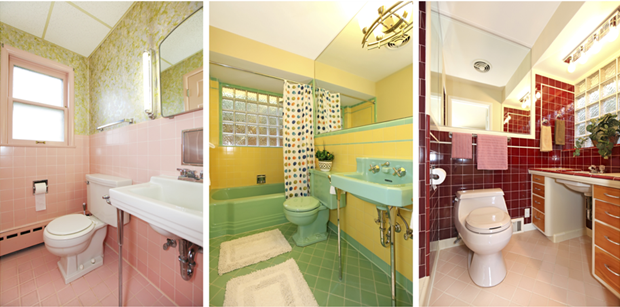
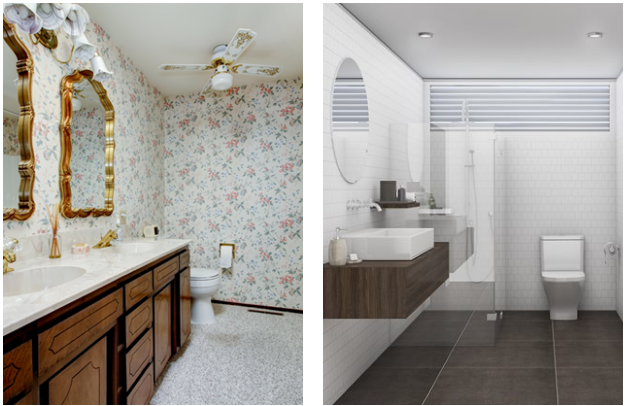
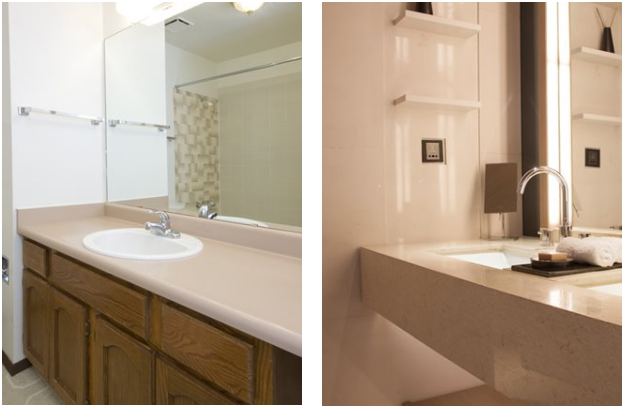
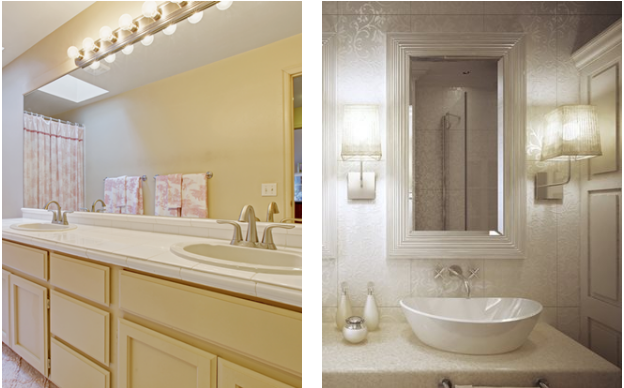
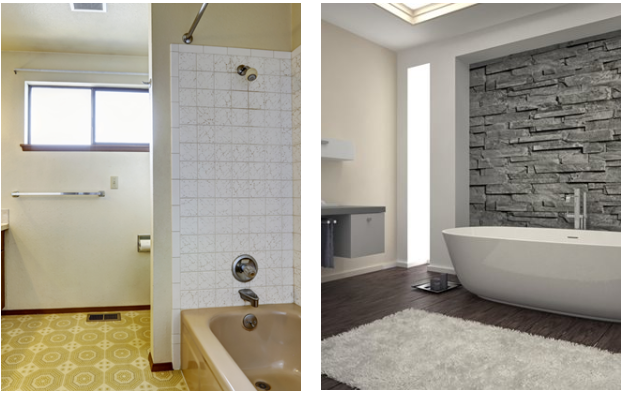
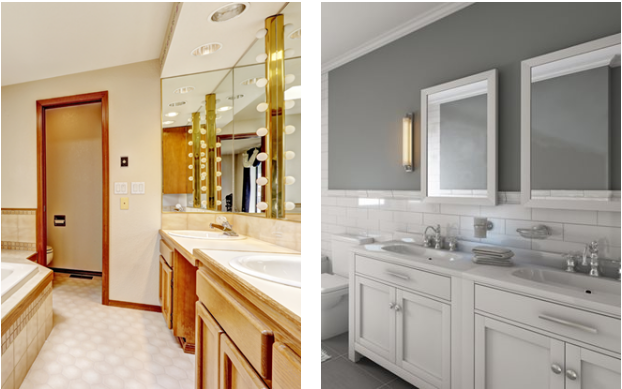




:no_upscale()/cdn0.vox-cdn.com/uploads/chorus_image/image/50287737/vo-trong-nghia-a-house-in-nha-trang-vietnam-designboom-01-818x545.0.jpg)
/cdn0.vox-cdn.com/uploads/chorus_asset/file/6885011/vo-trong-nghia-a-house-in-nha-trang-vietnam-designboom-11.0.jpg)
/cdn0.vox-cdn.com/uploads/chorus_asset/file/6883697/vo-trong-nghia-a-house-in-nha-trang-vietnam-designboom-05.jpg)
/cdn0.vox-cdn.com/uploads/chorus_asset/file/6883699/vo-trong-nghia-a-house-in-nha-trang-vietnam-designboom-04.jpg)
/cdn0.vox-cdn.com/uploads/chorus_asset/file/6883695/vo-trong-nghia-a-house-in-nha-trang-vietnam-designboom-08.jpg)
/cdn0.vox-cdn.com/uploads/chorus_asset/file/6885013/vo-trong-nghia-a-house-in-nha-trang-vietnam-designboom-02.0.jpg)